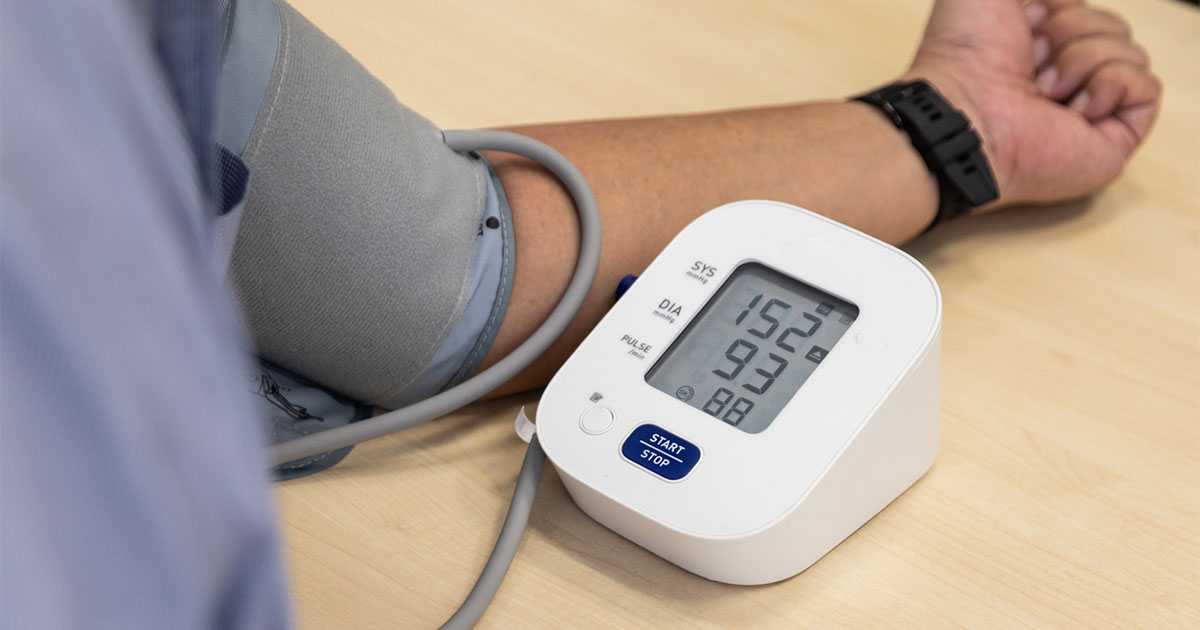The “legacy effect”, or the long-term benefits of early glycaemic control, has been highlighted in several seminal diabetes studies, including DCCT, UKPDS and Steno-2. These studies demonstrated improvements in microvascular and macrovascular outcomes in people diagnosed with diabetes for less than 10 years. Supportive evidence for the legacy effect was generally more conclusive for microvascular complications than for macrovascular complications, and few of these studies took place in primary care.
The current retrospective cohort study interrogated primary care data in England to determine the impact of reducing HbA1c in the first year after diagnosis of type 2 diabetes on subsequent cardiovascular events (Whyte et al, 2022). Additionally, glycaemic variability was explored as an independent cardiovascular risk factor after 1 year from diagnosis.
Included in the cohort were 26,180 participants living with type 2 diabetes who were categorised into three groups based on their HbA1c measurement: <58 mmol/mol, ≥58–75 mmol/mol and ≥75 mmol/mol. Transition between these groups was assessed from diagnosis to 1 year.
The primary outcome was a first occurrence of a major adverse cardiovascular event (MACE), a composite of myocardial infarction, coronary intervention, stroke and amputation/limb revascularisations.
The study found that those who normalised their HbA1c to <58 mmol/mol from higher HbA1c categories within 1 year experienced fewer MACE. Moreover, those with greatest glycaemic variability after 12 months had an increased risk of suffering a MACE.
This study confirms the importance of achieving and maintaining early glycaemic control and provides further high-quality evidence against therapeutic inertia. Furthermore, it highlights the importance of maintaining good glycaemic control in the longer-term to mitigate future macrovascular risk.
This study is not suggesting that the initial management of type 2 diabetes should be an aggressive pharmacological approach; as always, we need to be holistic in our care of people living with type 2 diabetes, and support comprehensive lifestyle interventions and a goal of diabetes remission where appropriate. However, we must not collude with individuals newly diagnosed with type 2 diabetes when glycaemic targets are not being achieved even after just 3 months, as this study has demonstrated an increased risk of MACE if HbA1c remains above 58 mmol/mol after just 12 months. We should re-engage with these individuals and have conversations about appropriate pharmacological escalation of type 2 diabetes management whilst reinforcing individualised lifestyle modifications.
As we emerge from the COVID-19 pandemic, this study carries even more relevance because of the increased prevalence of type 2 diabetes over the last 2 years driven by COVID-19 itself and the adverse lifestyle changes enforced by lockdown measures. This, coupled to the backlog of long-term condition reviews in primary care for people living with type 2 diabetes, paints a worrying picture about the cardiovascular health of many people living with the condition.
Click here to read the study in full.






Poster abstract submissions are invited for the 21st National Conference of the PCDO Society, which will be held on 19 and 20 November.
10 Apr 2025